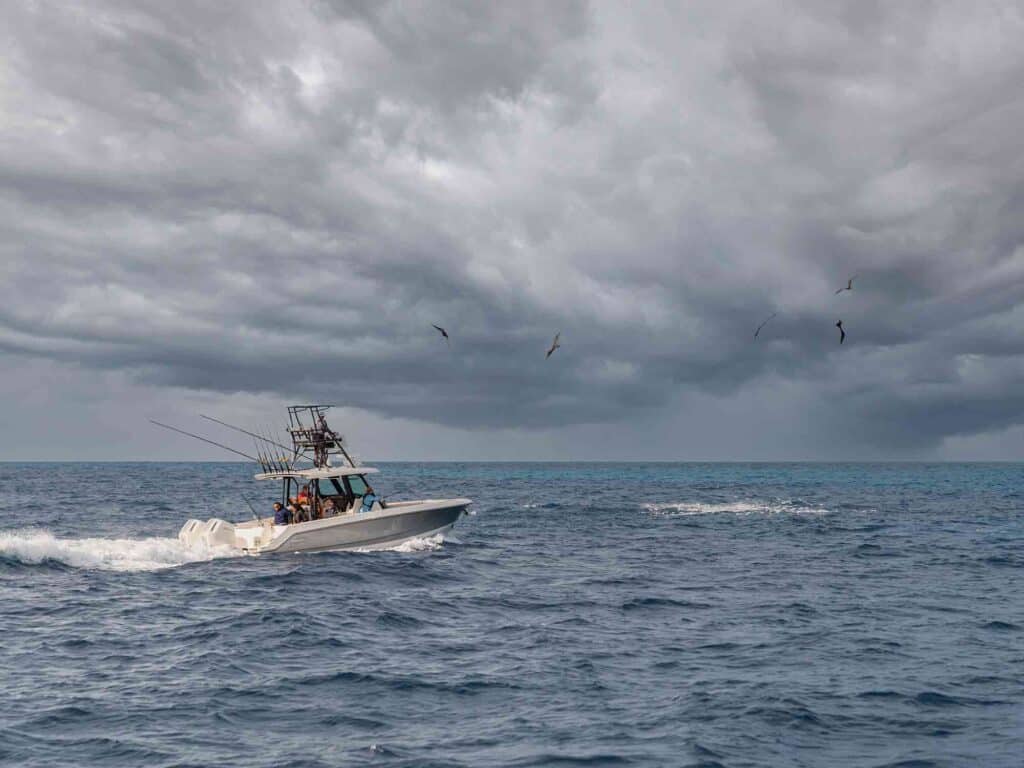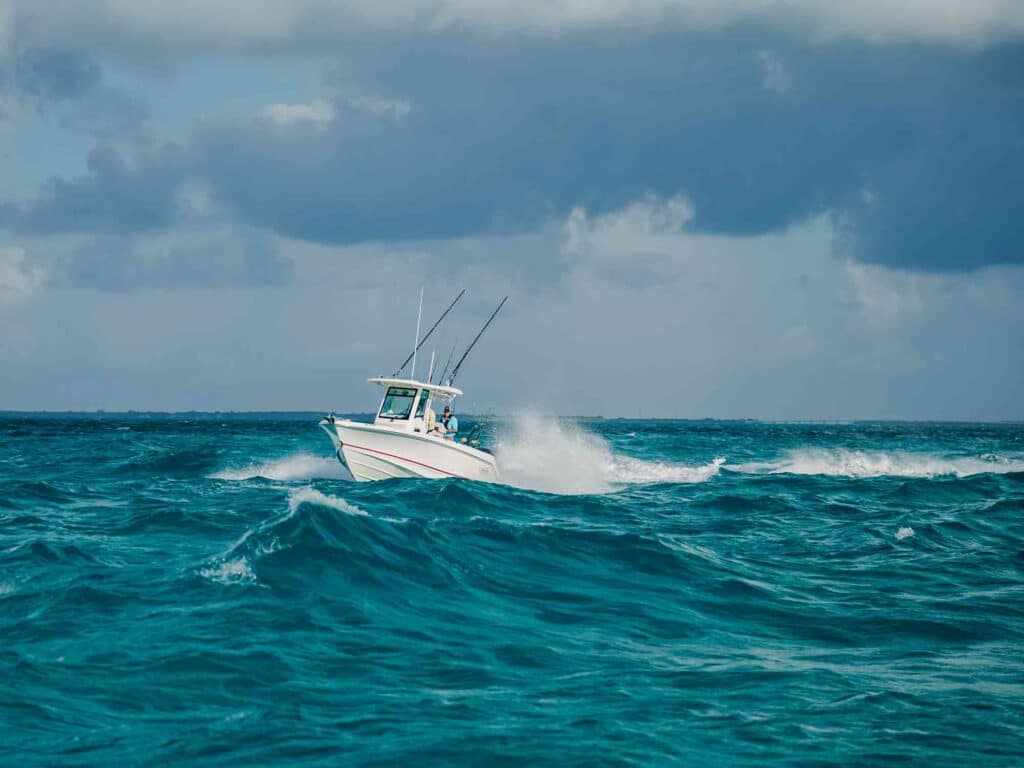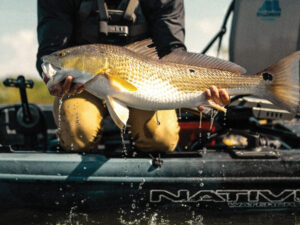
“Don’t check the weather, just go outside and deal with it. Be a man.”
Those words, followed by group laughter, have become a mantra for a host of internet memes depicting boaters in life-threatening seas.
They are poor words to live by if you intend to live a long life. In fact, prudent seamanship dictates that no boating angler heads to sea without first checking marine forecasts. Decisions, including the captain’s call to go or no-go, should be based on the expected winds and sea conditions.
Yet, without much warning, conditions can sometimes change mid-trip, defying the forecast. While light winds and calm seas might greet you in the morning, unexpectedly high afternoon winds or thunder storms can brew up big, treacherous seas in the latter part of the day. This leaves you and your crew facing a harrowing trip back to port. The smaller the boat, the higher the danger.
One lesson I learned early in my boating career is that changing the angle of the boat relative to large waves can smooth the ride for an improvement in comfort. More importantly, this can improve the safety factor. Here are some helmsman tips I have garnered over the year for running in rough sea conditions.
Quartering Head Seas
While a straight line between two points is the shortest route, it’s not always the safest, most comfortable or even fastest. For example, when faced with steep, closely spaced head seas, heading directly into them ranks as a hate mission that slows your progress to a crawl. You also risk the possibility of stuffing as the boat falls off the crest of a roller and into a hole at the base of the next angry one.
Instead, try steering off-sea in one direction for a few miles, and then steering the other way for a few miles. This is called “quartering the waves” to help smooth the ride, and the zig-zagging course is known as “tacking.”
Quartering and tacking require strong piloting skills — including good timing, judicious application of throttle and focus at the wheel — to keep the boat on course and deal with the occasional rogue wave. On the downside, you’ll take more spray quartering up-sea, but that’s the price you pay for a smoother, safer ride.
Running Before the Sea
Large following seas loom treacherous as the boat races down the face of a wave, sometimes losing steering and leaving you vulnerable to the roller astern. There’s also the risk stuffing into the backsides of waves rolling ahead. Quartering down-sea minimizes these risks, but try take a wider angle than when quartering up-sea. Also realize the faces of the waves can be very steep. On small boats, keep you crew off the lee side of the boat. Instead, ask them to move to the windward (aka wet) stern quarter. When it’s time to reverse your tack, do so in a lull between the waves, and then come about smartly.
Beam Sea Sense

Beam seas tend to be the least threatening, but they can prove a lot more wet on windy passages. But you can minimize the spray by alternatively quartering sharply up-sea for a while, then down-sea, tacking across the beam seas rather than running a straight course. On the other hand, you can just don foul-weather gear, run a straight course and endure the spray.
Or as the internet memes put it, “Deal with it. Be a man,” at least until you reach your destination.








